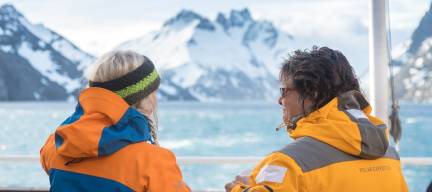
About Us
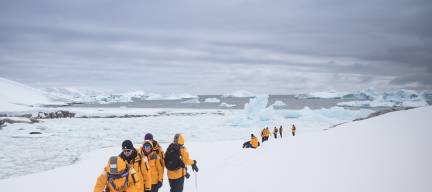
My Expedition
Arctic
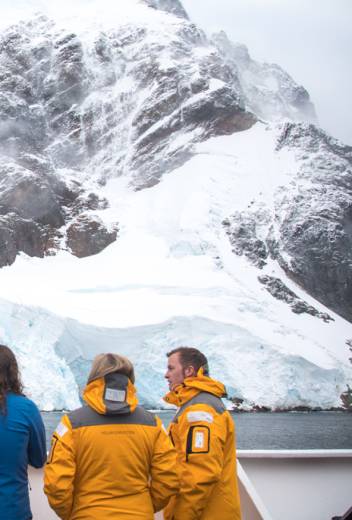
9 mins read
Building Meaningful Connections: Polar Expeditions Go Beyond Travel Memories
Meeting like-minded people from diverse backgrounds and different life stages is an often overlooked benefit of expedition travel.
Read Post

6 mins read
Highlights of Arctic Exploration: Polar Bears
Read Post

0 mins read
North Pole: The Ultimate Arctic Adventure
Read Post
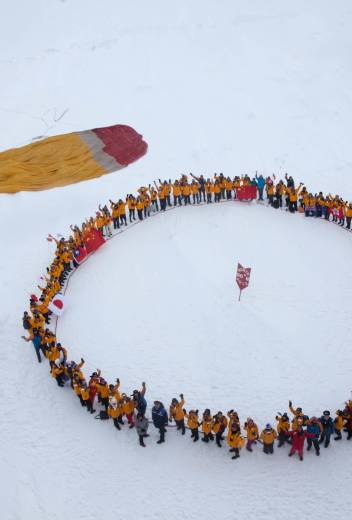
4 mins read
North Pole Dreaming: Journey to the Top of the World
Read Post
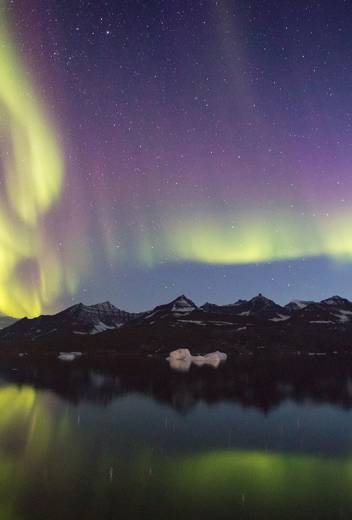
5 mins read
The Celestial Wonders of the Northern Lights
Read Post
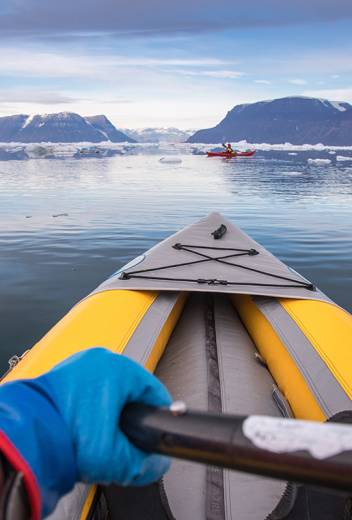
5 mins read
Greenland by Kayak: An Immersive Wilderness Experience
Read Post
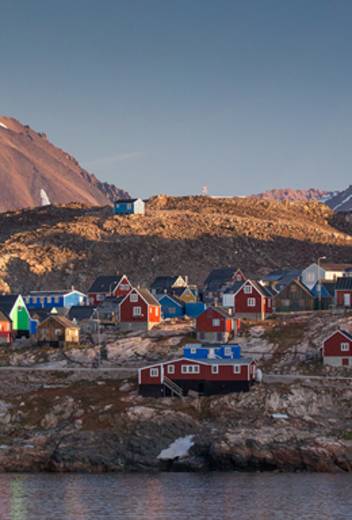
6 mins read
Meeting Greenland: How Inuit Culture Brings the Land to Life
Read Post
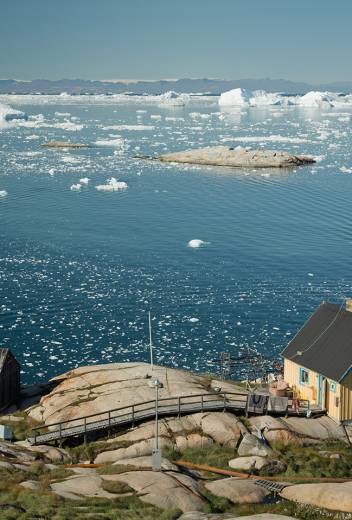
5 mins read
Following Greenland’s Explorers: Discovery, Connectedness, and the Polar Community
Read Post
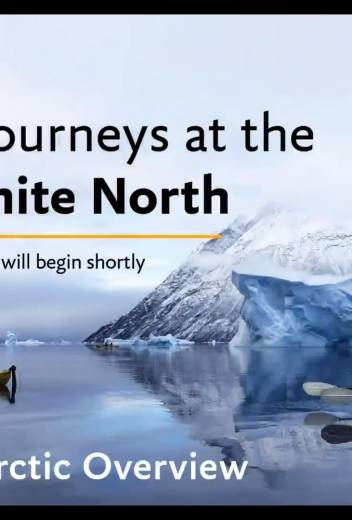
0 mins read
Arctic Overview: Endless Journeys at the Great White North
Read Post
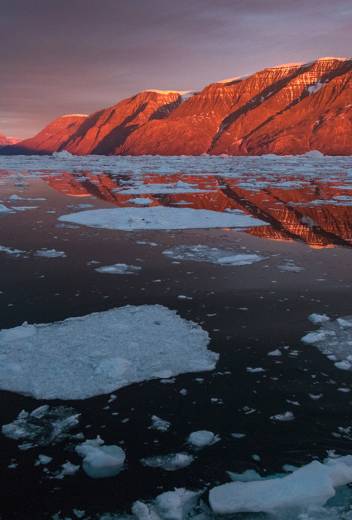
4 mins read
Greenland’s Vivid Landscapes: Raw, Undiscovered, and Unexpected
Read Post

0 mins read
Spitsbergen: Realm of the Polar Bear
Read Post
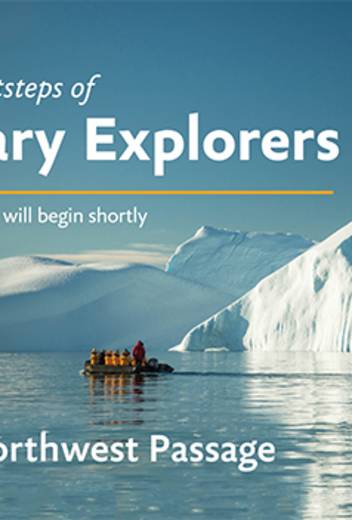
0 mins read
Northwest Passage: Follow in the Footsteps of Legendary Explorers | Unforgettable Polar Moments
Read Post

0 mins read
Greenland: Majestic Landscapes, Culture and Communities
Read Post
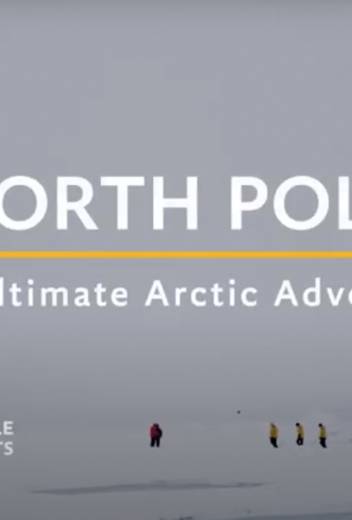
1 min read
North Pole: The Ultimate Arctic Adventure (Part 3)
Read Post

1 min read
North Pole: The Ultimate Arctic Adventure (Part 1)
Read Post
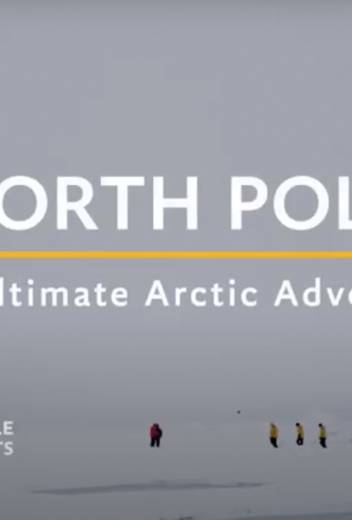
1 min read
North Pole: The Ultimate Arctic Adventure (Part 2)
Read Post
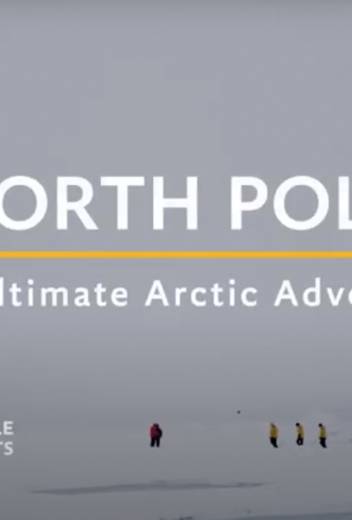
1 min read
North Pole: The Ultimate Arctic Adventure (Part 4)
Read Post
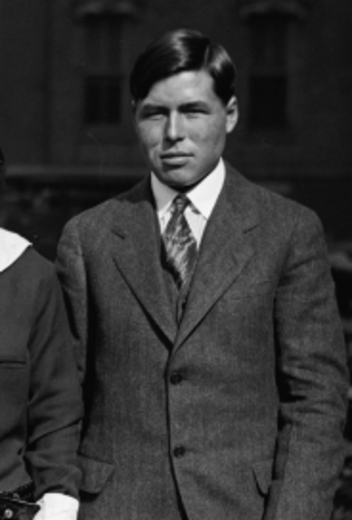
7 mins read
A Northwest Passage Legend: Knud Rasmussen and his Fifth Thule Expedition
Read Post

7 mins read
Following Legends: The Unique Experience of Traveling in Roald Amundsen's Footsteps
Read Post
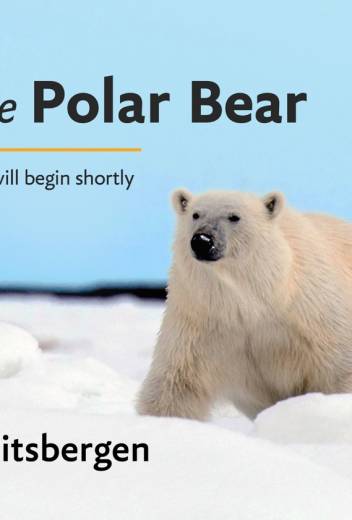
0 mins read
Spitsbergen: Unforgettable Polar Moments
Read Post

7 mins read
Reignite Your Wanderlust in 7 Ways with a Soul-Satisfying Spitsbergen Expedition
Read Post

7 mins read
9 Rare and Exceptional Arctic Repositioning Cruise Experiences, from Scotland to Svalbard
Read Post
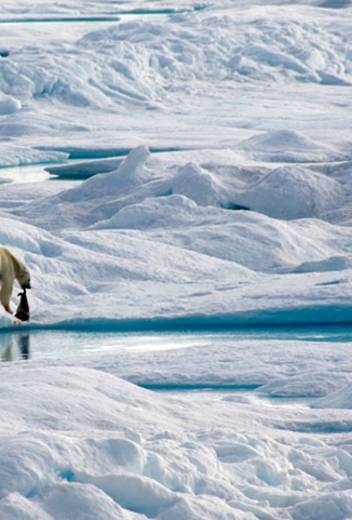
3 mins read
Modern-day Expedition Travel: Exploring the Legendary Northwest Passage
Read Post
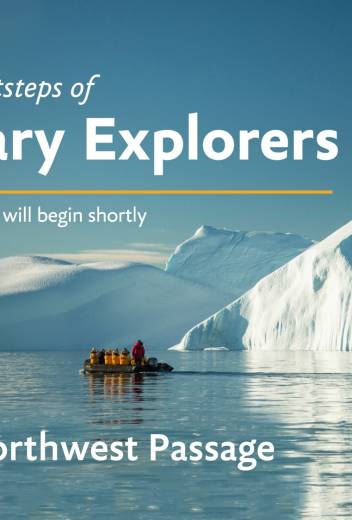
1 min read
Northwest Passage: Unforgettable Polar Moments
Read Post



